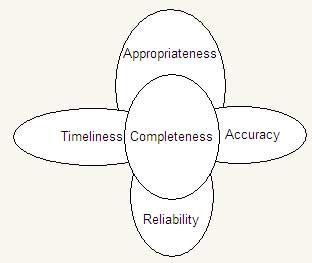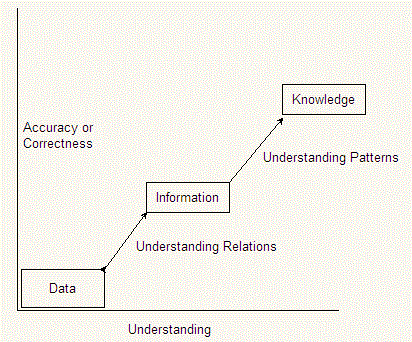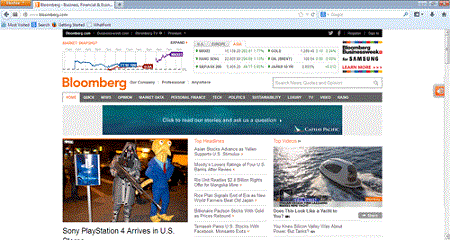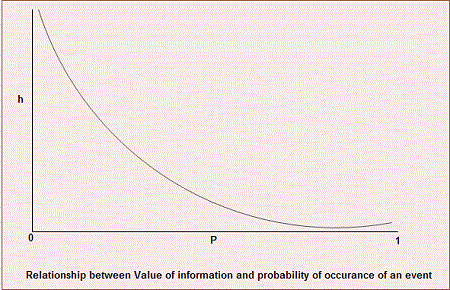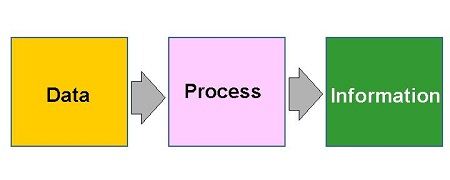The means by which this data driven manager achieves his tasks on reports. Reports convey to the manager the following:
- It gives an idea of whether activities under his sphere of influence are happening as per expectations. For example, when a production manager checks the production schedule and compares it with actual production in the factory. This is done by comparing it with the actual production report. In this case, the manager is trying to compare and see whether the production process is within control and that the production is as per expectations. Any deviations in the actual will indicate that the process is not within control and hence, corrective action is required.
- It gives a clue or an insight into some bigger problem that might be happening within the organization. For example, if a manager notices that the attrition rate is going up sharply it might give him the insight that either the market for skills of his employees has become more competitive or that more players may have entered the market with the same skill set or that the salary levels of the present organization are way below prevailing market rates for such skills. This might lead the manager to delve deeper into the problem of attrition which is only a symptom of a much larger phenomenon. Such behavioral changes of his own workforce are prompting them to have lesser loyalty and focus more on monetary compensation.
Hence, we can see that a modern manager relies heavily on data to take decisions and the means by which he gets the information is through report. Reports are of many types.
Scheduled reports
These are reports that are generated regularly with respect to time. They are in the nature of daily report, weekly report or monthly report. They contain information that is of recent origin and help the manager to understand and analyze the information from the context of the recent past. These reports are the first line of reports which normally show the first signs of problems or opportunities that can be understood through the data.
On-demand reports
These types of reports are unscheduled in nature and are created based on the need of the managers for such reports. They help in analyzing a particular issue in greater degree of granularity. These reports are generally the result of a reaction to any event.
Exception reports
In management, exceptions warrant greater attention than any normal event. Exception reports are special reports that indicate to the manager that some control needs to be exercised to bring an issue under control. For example, if in a company the average absenteeism is two per cent and in the last week, the average absenteeism is twenty percent then an exception report is generated to make the concerned manager aware that something is amiss and needs attention.
Predictive reports
These are special reports that give the manager a sneak preview of the future. These reports give a scenario of the future and are very useful for planning.
Summary reports
These are general reports that aggregates data and provides summarized information to the manager so that he may get a macro view of an issue.
Regulatory and statutory report
These are reports created under the obligations to follow rules and statues. They are primarily meant for external consumption for the information needs of regulatory bodies. Thus, we see that the reports tell the manager the issue behind a problem and give him all the information he needs to take decisions. However, information can be of various degrees of value to a manager. A set of information that he already knows is’ of little value to him incorrect information has a negative value. So we must understand the meaning of valuable information.


